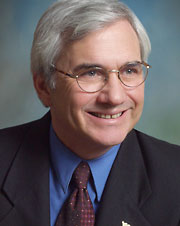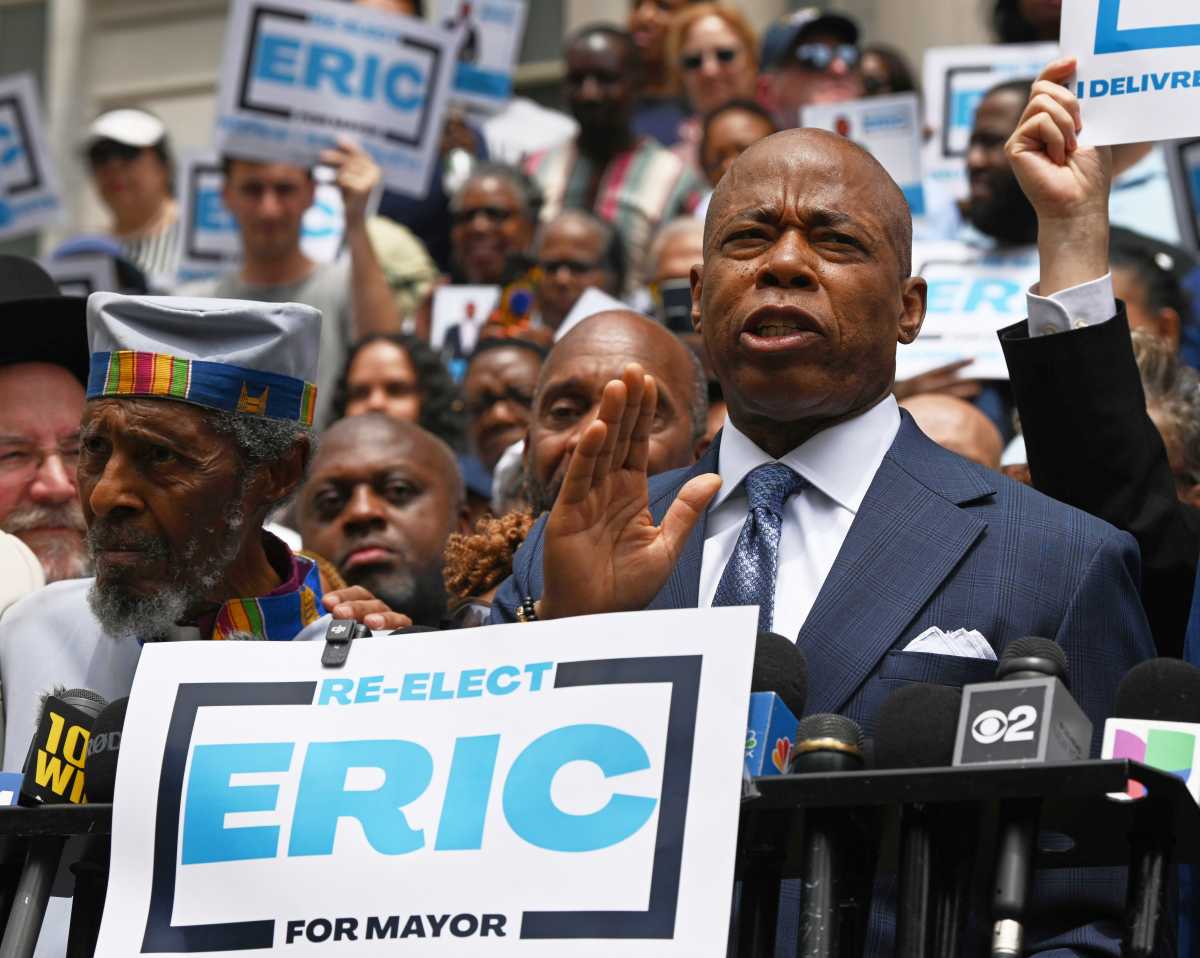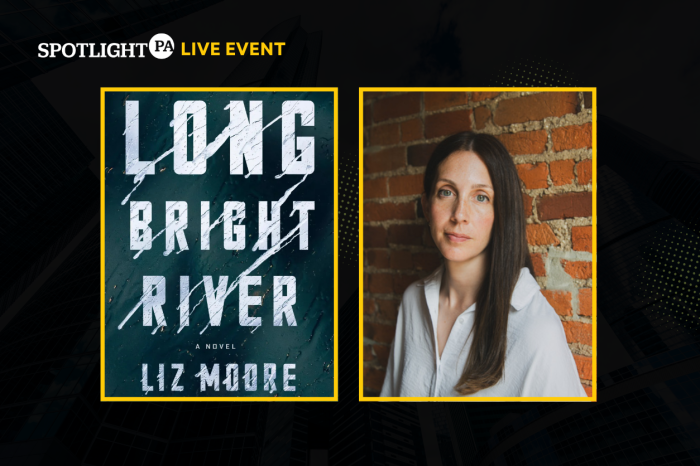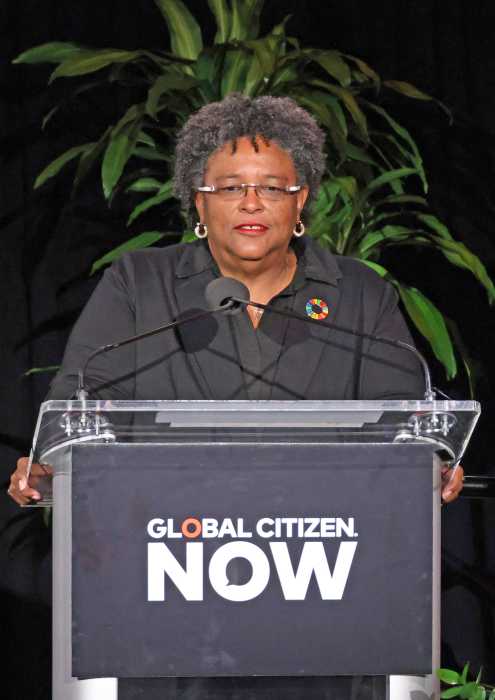With healthcare reform on the table and an economy on the ropes, Brooklyn hospitals are working hard to keep their services available for the borough. This week, we sat down with some key players in the industry, and checked in on the nearly 100-year-old Maimonides Medical Center, the struggling Long Island College Hospital and New York Methodist Hospital to see how things are going:
Andy Campbell: What’s your facility doing to stand out among droves of struggling hospitals?
Pamela Brier, CEO of Maimonides: We’re happy to say we treat the oldest of old patients — 25 percent of them are over age 75, and we’re focused on keeping them healthy and out of the hospital. We’re the number one baby maker in Brooklyn, and we’re also the biggest Medicaid provider in the borough.
Dominick Stanzione, interim president of Long Island College Hospital: It’s important that LICH remain a full-service hospital, serving the community. The merger [a pending one with SUNY Downstate] provides an opportunity to expand that service, rather than consolidate it. Even before that happens, we’re in the process of adding additional services.
Lyn Hill, spokeswoman for Methodist: We’ve made a lot of expansion in cardiology, pulmonology and orthopedics in the past few years, making our surgeries groundbreaking and minimally invasive. We couldn’t be more proud of these and a lot of other programs.
AC: So you provide a service, but how do you make money doing so? What’s a successful hospital?
PB: [As with Medicaid], the more commercially insured patients you have, the better you are financially. But after that, you make money by doing it the old-fashioned way: pay attention to expenses, be efficient without sacrificing quality or safety. We’ve made up our potential deficits on volume — but it’s getting more challenging as Medicaid gets cheaper.
DS: Our mission is not to make a profit; it’s to break even by serving the people, and creating a bit of excess revenue to cover expenses. We reinvest in our community by purchasing new technology, and that money comes from reimbursements for the services we provide from the government and private insurance companies.
LH: If you add Medicaid and Medicare together, that’s roughly 68 percent of our income. That’s significant, because if they cut the care, it’s going to go straight to our revenue stream. And that doesn’t mean cuts to just Medicare patients, it extends to everyone.

AC: Plenty of hospitals are seeing problems in the future. Where is healthcare going and how can you prepare?
PB: One, you need good doctors. We’ve added investments in physicians and nurses for good nurse-to-patient ratios. The second trick is to invest in new, quality systems and help doctors use them — the federal government is going to give out a lot of money to encourage doctors to adopt new technology.
DS: It’s a difficult economy for everyone. From a budgetary point of view, numerous cuts to reimbursement over last two years hurt us while costs still went up. In the meantime, the economy creates patients who have more need. Keeping that in balance is one of the hardest aspects of healthcare and it’s what we have to work on.
LH: It’s a rough time. We’re deeply concerned about healthcare cuts in Albany, and it’s hard to predict what’s going to be. With all the changes in Brooklyn, I think it’s important to keep our hospitals really responsive and to not be too intimidated by the cuts. We’re trying.
AC: What’s your stance on healthcare reform?
PB: The analysis of current bills is not favorable to New York. It’s not favorable if you already have a big Medicaid program. I’m hoping for reform that creates a provision to give people access to health insurance. I also want reform that has the right incentives so we can move into the future.
DS: The current healthcare system is broken and needs to be fixed. How to do that will get someone a Nobel Prize some day. As for the reform on the table right now, the way the system was described would not be particularly helpful to New York. I don’t think we’d benefit as much from the current plan, though I haven’t seen all the details.
LH: It’s hard to make a choice when you’re only hearing broad, ideological positions. Obviously, everybody should be insured and have healthcare. But once these bills get passed, they go to committees and bureaucratic departments for integration. You don’t even know from the bill exactly how things would pan out, for good or for bad.























